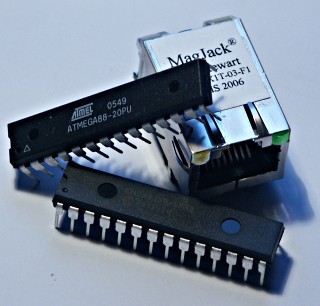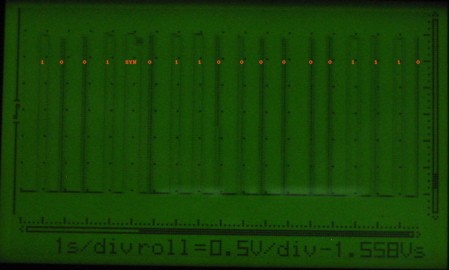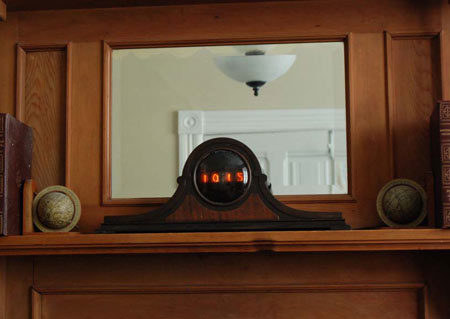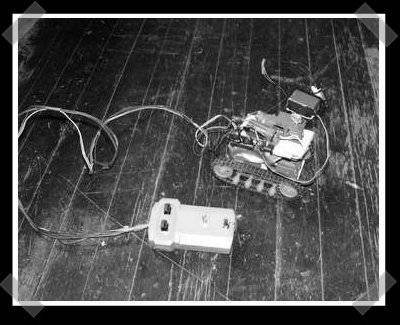
Have you ever wanted to break open your IC and see where those pins really go? [nico] goes through his process of dissolving ICs to their core and photographing the tiny die. The technique involves liquefying the package in sulfuric acid until all the packaging material and pins are gone. He even explains how to use sodium bicarbonate (common baking soda) to neutralize the solution thus allowing for simple sink disposal. Although silicon hacking is generally done by funded hackers with a really nice lab, it is certainly possible to execute some of these techniques with limited equipment and chemical access. For instance, if you can’t get sulfuric acid, send your IC off to a failure analysis lab like MEFAS. For more information and stories on silicon hacking, check out [Chris Tarnovsky]’s process for hacking smartcards and [bunnie]’s talk Hacking silicon: secrets behind the epoxy curtain.
















